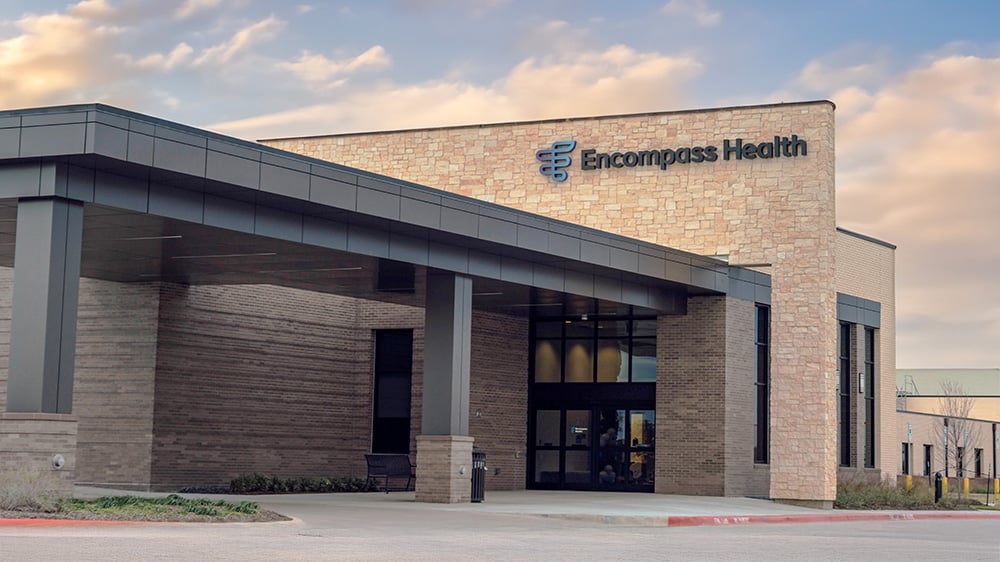Filter by
Conditions
Loading...
Health resources
Get healthcare resources and healthy aging tips from our rehabilitation experts.
View health resourcesBecome our patient
Learn about the admissions process and our compassionate, personalized care.
Learn about becoming a patient